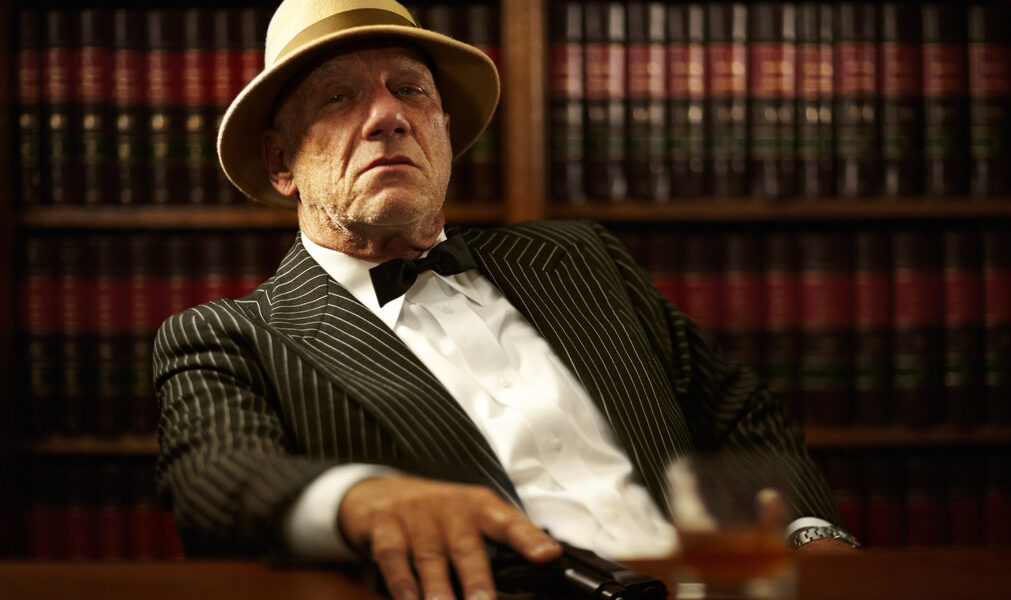Released in 1972, “The Godfather” is an iconic film that has left an indelible mark on the world of cinema for older generations. Directed by Francis Ford Coppola and based on Mario Puzo’s novel of the same name, the film is a sprawling epic that weaves together themes of family, power, and morality within the context of organized crime. In this article, we will delve into the world of “The Godfather,” exploring its history, impact, and enduring legacy as a cinematic masterpiece.
The Making of “The Godfather”
“The Godfather” began as a novel by Mario Puzo, published in 1969. Puzo’s book chronicled the life of the Corleone crime family and their patriarch, Don Vito Corleone, in post-World War II New York City. The novel’s success caught the attention of Hollywood, leading to its adaptation into a film.
Casting Perfection
One of the defining elements of “The Godfather” is its exceptional casting. Marlon Brando’s portrayal of Don Vito Corleone is nothing short of legendary. Brando’s nuanced performance, complete with a raspy voice and iconic mannerisms, earned him an Academy Award for Best Actor. Al Pacino, in the role of Michael Corleone, was relatively unknown at the time but would go on to become one of Hollywood’s most celebrated actors. The ensemble cast, including James Caan, Robert Duvall, and Diane Keaton, contributed to the film’s brilliance.
The Power of Cinematic Storytelling
Francis Ford Coppola’s direction and adaptation of Puzo’s novel are masterful. The film is not merely a gangster saga; it’s a character-driven narrative that explores themes of loyalty, betrayal, and the consequences of one’s choices. Coppola’s ability to balance the grandeur of the Corleone family’s empire with intimate character moments is a testament to his storytelling prowess.
A Cinematic Masterpiece
“The Godfather” is renowned for its stunning cinematography by Gordon Willis. The film’s visual style, characterized by its use of shadows and low-lighting, has become iconic in its own right. Willis’ cinematography sets the mood, emphasizing the darkness that often shrouds the characters’ actions.
The Music of “The Godfather”
No discussion of “The Godfather” would be complete without mentioning its hauntingly beautiful score composed by Nino Rota. The main theme, characterized by its melancholic trumpet melody, perfectly captures the film’s themes of honor and tragedy. The music enhances the emotional resonance of the story and remains instantly recognizable to this day.
Impact on Pop Culture
“The Godfather” not only achieved critical acclaim but also became a cultural phenomenon. Lines like “I’m gonna make him an offer he can’t refuse” and “Leave the gun, take the cannoli” have become part of the American lexicon. The film has been parodied, referenced, and imitated countless times in other works of art and entertainment.
Legacy and Sequels
“The Godfather” spawned two critically acclaimed sequels, “The Godfather Part II” (1974) and “The Godfather Part III” (1990). “Part II” is particularly notable as it is often considered one of the greatest sequels ever made and won six Academy Awards, including Best Picture.
Conclusion
“The Godfather” is more than just a movie; it’s a cultural touchstone that continues to resonate with audiences worldwide. Its exploration of power, family, and morality within the context of organized crime elevates it to the status of a cinematic masterpiece. With its unforgettable performances, masterful direction, and enduring influence on pop culture, “The Godfather” stands as a testament to the power of storytelling in film. Whether you’re a fan of crime dramas or simply appreciate great cinema, “The Godfather” is an essential watch that remains as captivating today as it was upon its release nearly five decades ago.
